‘We are seeing the complete implosion’: Bus service cuts leave many frustrated
Hundreds of bus services across the north of England and beyond are set to be axed over the next three months. Colin Drury spoke to the people of Sheffield about what happens next

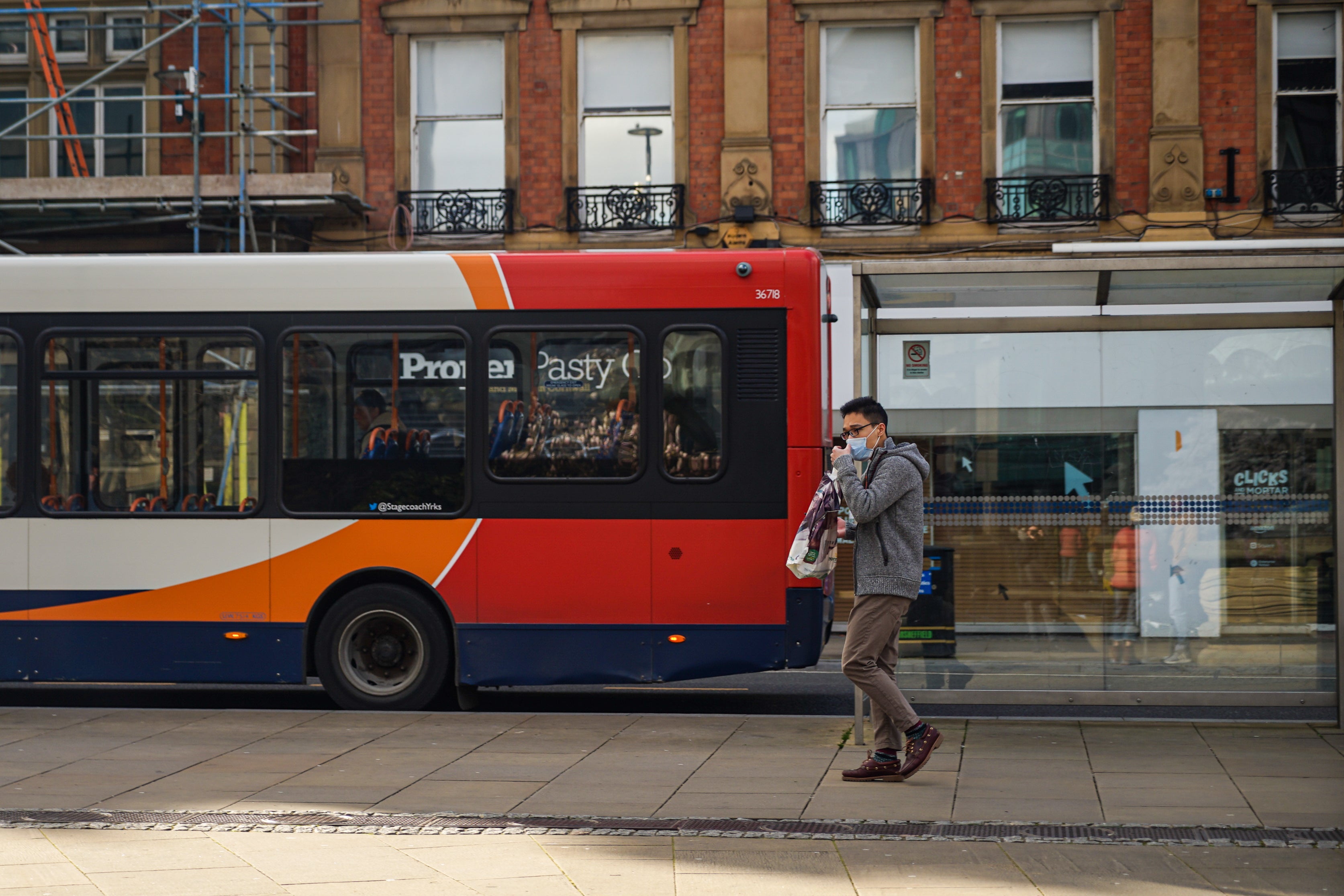
Just outside Sheffield city centre, Cathie McCartan stood waiting for the number 18 bus. It had been due at 8.45pm. At 9.10pm, she decided she’d had enough. She set off walking the three miles home.
“I can’t remember the last time it was actually on time,” she says. “It’s either late or it doesn’t turn up and you’re left an hour for the next one. We’re in one of England’s biggest cities but it’s like living in the countryside.”
The 49-year-old is partially sighted and relies on buses. She runs a sewing school in this South Yorkshire city. Four evenings a week, after her last class, she stands waiting at this bus stop – often in hope more than expectation. “I’ve thought about moving house to somewhere with a more reliable service,” she says. “But do they even exist anymore?”
The bad news, for Cathie and millions like her, is that the situation is about to get considerably worse.
Hundreds of bus services across the north of England and beyond are set to be axed over the next three months when emergency government funding – put in place at the start of the pandemic – runs out. Despite Boris Johnson’s promise to Bus Back Better, private operators such as First, Stagecoach and Arriva are effectively cutting and running from routes they say are no longer profitable.
In West Yorkshire, 11 per cent of journeys are likely to disappear; while, in the North-East some 16 per cent of services have already been withdrawn since March. Dozens more routes are being pulled in North Yorkshire, Merseyside and Cumbria.
But it is perhaps in South Yorkshire that the most astonishing bonfire is taking place. A third of the entire network – dominated by First South Yorkshire – is set to be axed by mid-autumn. It may be the single biggest reduction of a local bus system ever seen in the UK, local leaders reckon.
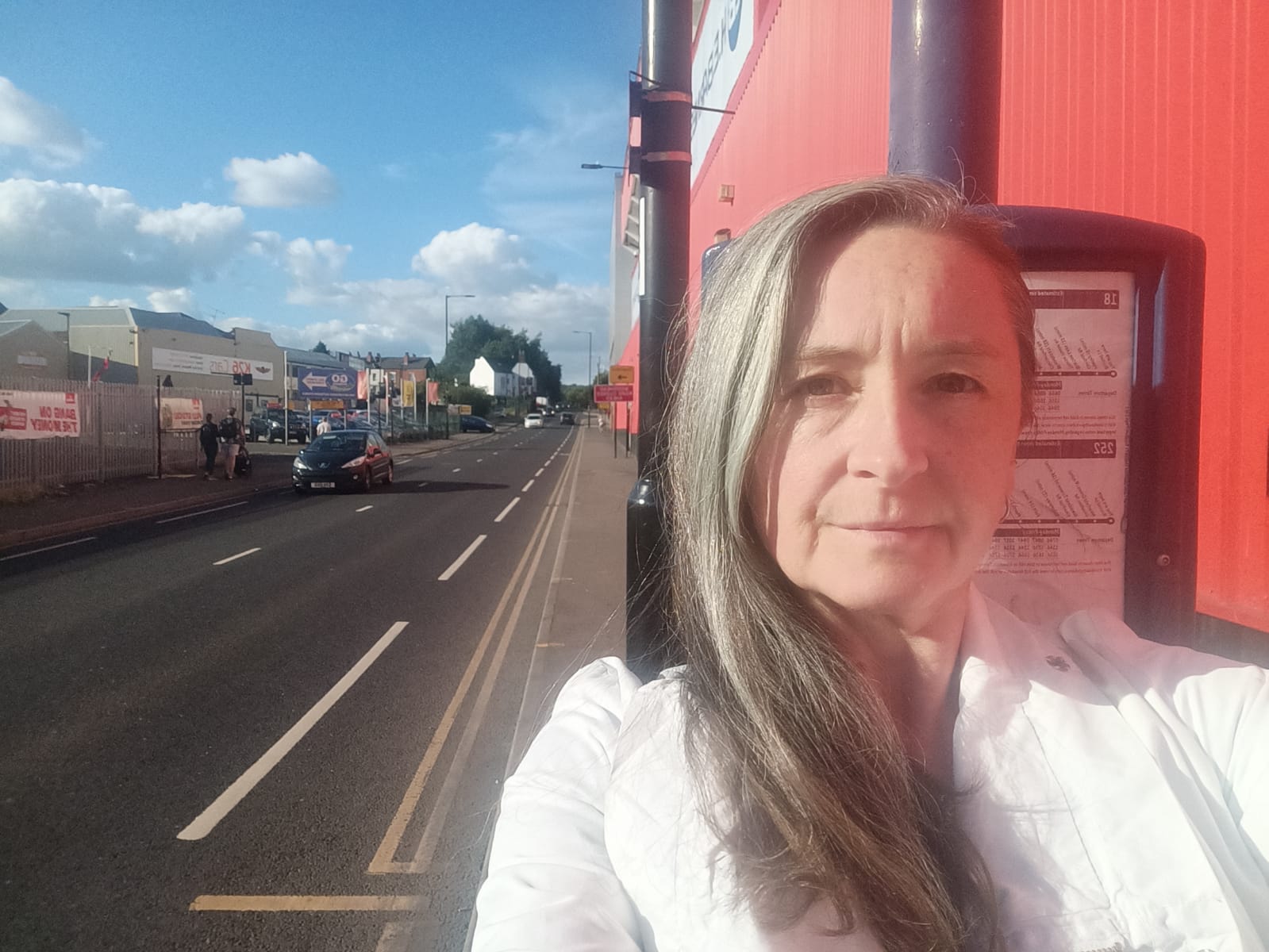
School buses, commuter routes, weekend service and early morning lines will be among those axed. Lines serving some of the region’s poorest communities will be stopped altogether. Across the entire county, just four routes will run after 10pm. In Barnsley – a town of some 225,000 people – there may be no buses at all after 7pm.
“It’s a disaster for our communities,” said Oliver Coppard, the Mayor of South Yorkshire. “It’s a nightmare. It is damaging in so many ways: for the economy, for social mobility and for the climate. We need more buses, not less.”
Such cuts are not exactly new, of course. Over the last decade, a quarter of all services nationwide have been axed according to research by the Campaign for Better Transport. But, even so, the suddenness and severity of what is now happening across so many regions feels brutal enough to be a watershed moment.
Campaigners, local leaders and MPs in Westminster all appear to be drawing a similar conclusion: there has to be a better way than this.
Live in Sheffield any length of time and you will soon be made aware of a single 40-year-old transport fact: in the 1980s, children could catch buses for 2p a pop (adults 10p).
Over a 30-year period, they have gutted the networks because they have continually prioritised making short-term profits over sustainability
Rose-tinted glasses may be playing their part but there has long been nostalgia here for the era before Margaret Thatcher’s deregulation saw private companies take over services from public bodies.
The long-gone South Yorkshire Passenger Transport Executive buses may not have always been quite on time but they were frequent, cheap and – crucially – ran on routes that were determined by community need, rather than by distant shareholders.
And people used them. Figures for South Yorkshire alone are difficult to come by but – excluding London, where deregulation was never applied – passenger numbers across the country were roughly double in 1986 compared to 2019.
What exactly has caused this long-running passenger drop goes to the heart of this summer’s obliteration of services.
Bus operators say it is simply down to changing habits. As more people have started using cars and with fewer people commuting to work following the pandemic, they reckon that many routes are simply unviable. The squeeze, they suggest, has been made even worse by public subsidies being cut by 45 per cent in the decade after 2010.
But campaigners and leaders across the north question this. They point out that bus operators make huge profits (First South Yorkshire took £8m in the year ending April 2021) and suggest it is the companies themselves that have driven the passenger decline.
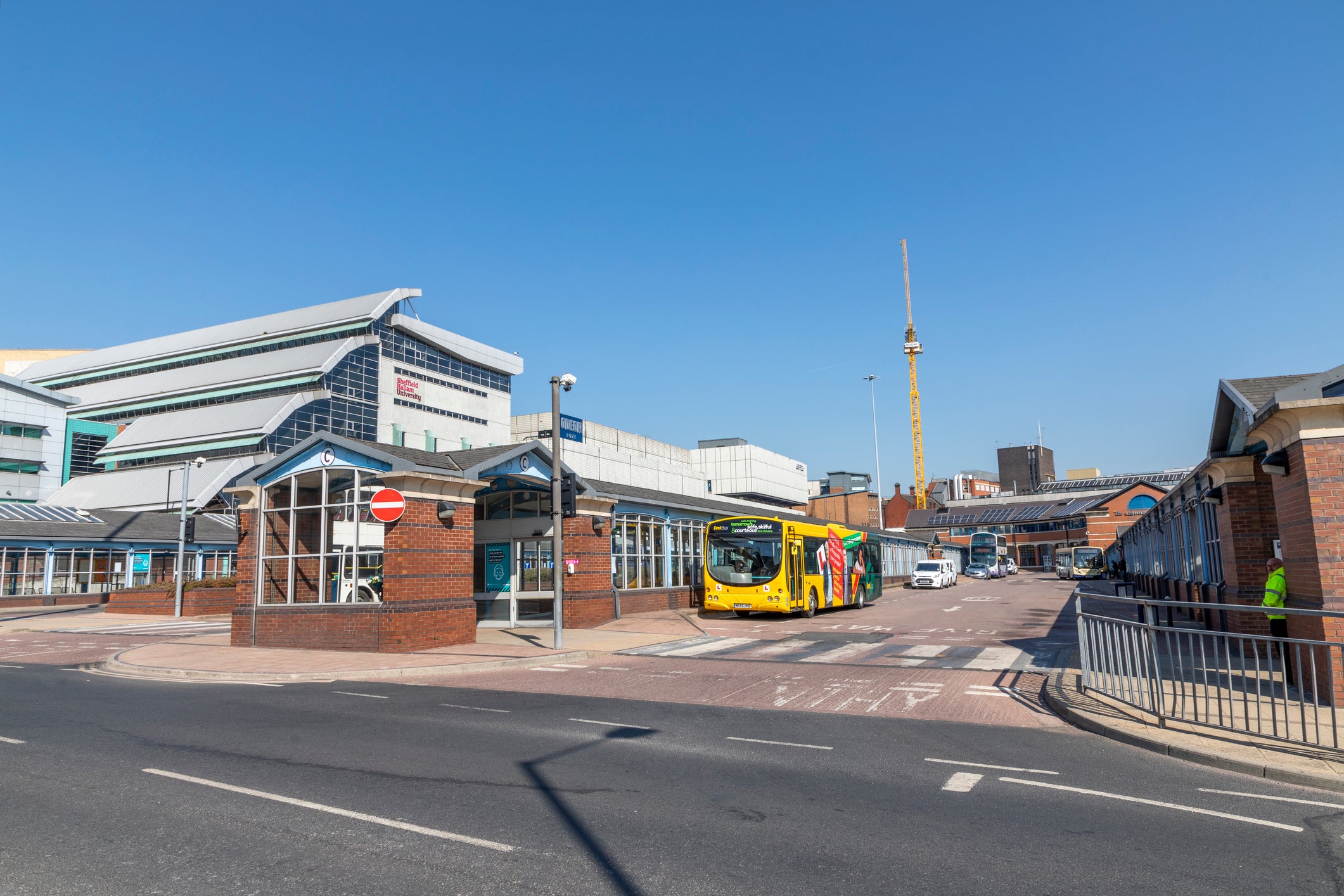
“Over a 30-year period, they have gutted the networks because they have continually prioritised making short-term profits over sustainability,” says Matthew Topham, a lead campaigner with the Campaign for Better Buses. “Pretty much overnight in South Yorkshire, there was a 300 per cent fare rise in 1986 and when bus rider numbers fell because of that, the response was to cut services and raise fares even more. So, you get a vicious circle of more cuts followed by fewer bus riders, which then leads to even more cuts. It’s a spiral to the bottom.”
The result has been operators focusing ever more resources and money on a limited number of profitable corridors, while anyone travelling anywhere else has found themselves with inadequate services at best and disappeared ones at worst.
“So, we have got a public transport network that does not serve the public and, increasingly, is barely a network,” says Topham, who himself is based in West Yorkshire. “The system is utterly, completely broken.”
Across town from Cathie McCartan, Grace Collins – a 53-year-old full-time carer – is already living with cuts.
In September, the 11 and 11a that served the Gleadless Valley were axed. While the area – one of South Yorkshire’s most deprived – still has the number 1 running into Sheffield city centre, the loss of the two 11s means residents suddenly have no way of travelling across their own neighbourhood.
For some families living on one side of the valley, getting to the local primary school has become a two-bus journey or a 40-minute walk (“impossible with young children,” said Grace). For others, getting to local shops and to even doctors’ surgeries has become a significant undertaking.
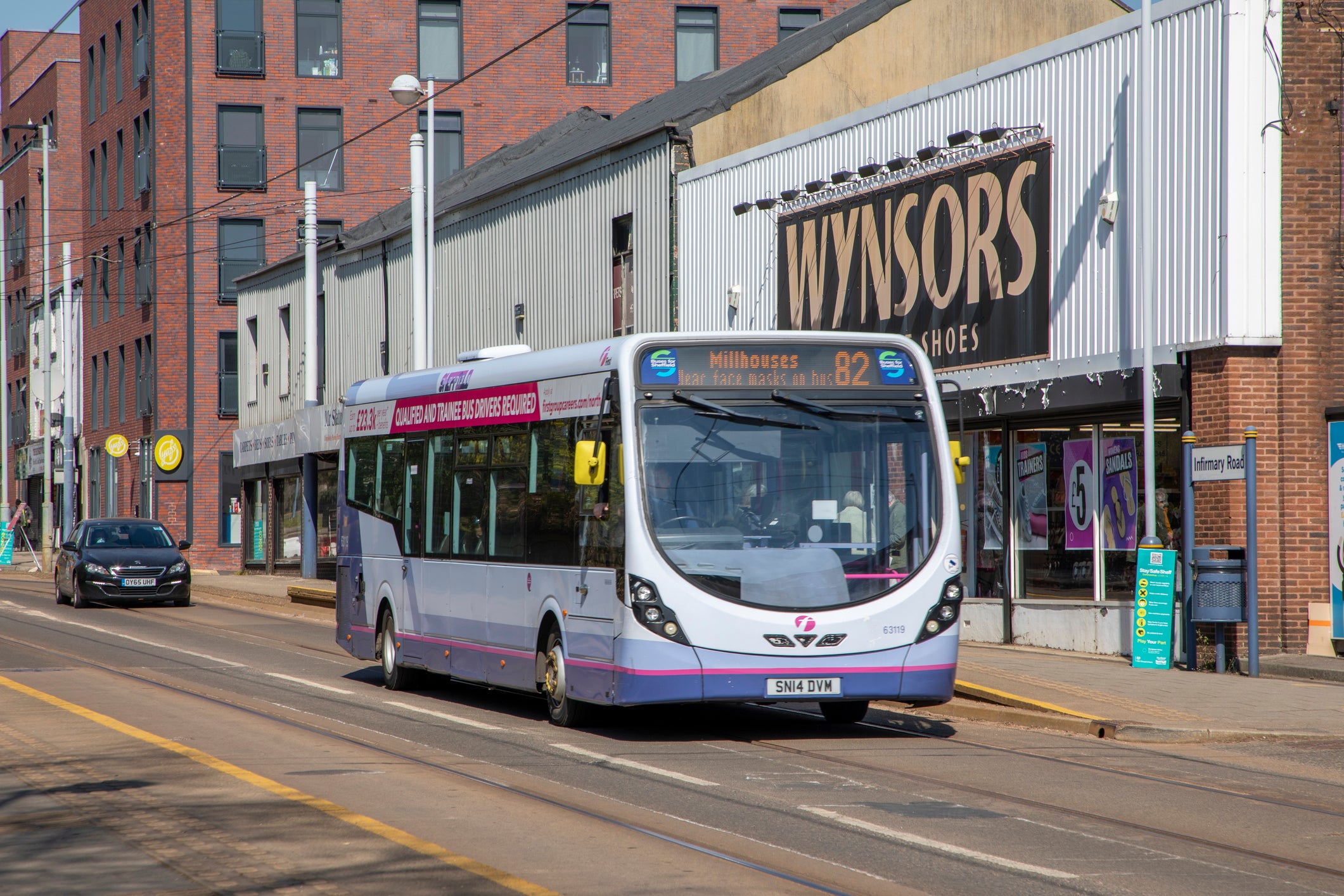
“It adds hardship to your life,” says Grace. “Simple journeys have become complicated so, unless they’re essential, you stop making them. Or you get a taxi. And who can afford that?”
She finds it frustrating to see other areas – often richer or student-heavy – being better served. “What about us?” The mother-of-two asks. “Don’t we deserve to be able to get around too?”
This is, in fact, a significant question.
The precise economic cost of fewer buses remains largely unknown. No modelling has been done to set out, for example, what it will mean for Barnsley’s night-time economy to suddenly find itself without any services
But it is probably reasonable to assume two things.
Firstly: the cost will not be small. Reduced connectivity leads to inevitable economic drag. (“You cannot level up with a bus service teetering on the brink of failure,” says Coppard)
Secondly: that cost will be disproportionately felt by the poorest communities.
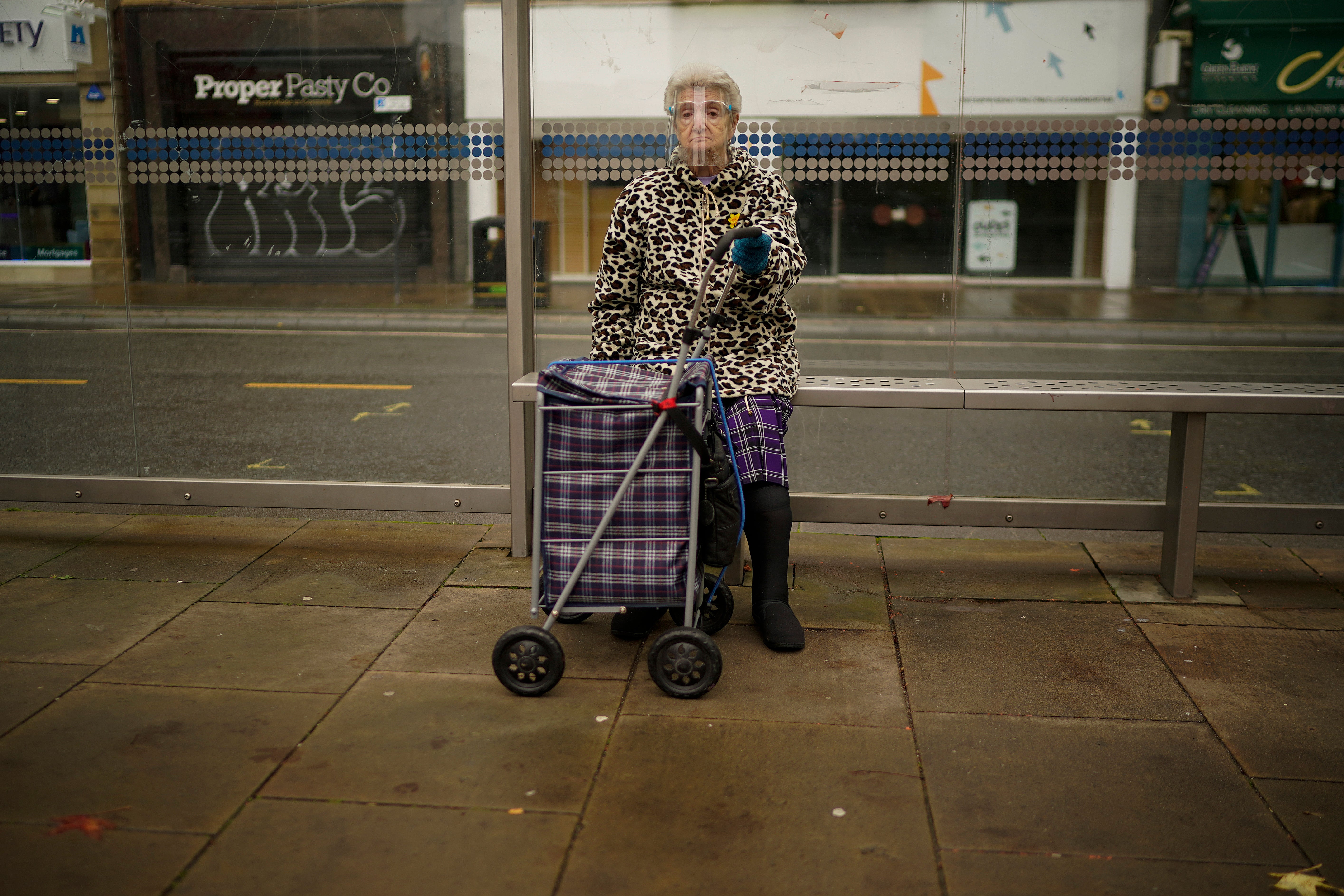
More than a third of households in the lowest 10 per cent income bracket do not own a car, according to the Office for National Statistics. That means it is they who are especially vulnerable to public transport cuts. Pertinently too, the very nature of the current reductions will likely impact most on those in lower-paid jobs.
“A lot of what is being withdrawn are late night, early and weekend morning services,” said Tom Hunt, a ward councillor for Walkley in Sheffield which has found itself with reduced services. “So that’s shift workers, cleaners, hospital staff, carers, hospitality workers, security guards. These are people who society would not function without, but we are effectively telling them that we are going to put barriers in the way of them getting to work.”
What will his constituents do as services are withdrawn? “I’ve already had several telling me they may have to give up jobs,” he replies. “That is the human consequence of this.”
There is also, of course, an environmental consequence. Fewer busses across the north inevitably mean more cars, which means more emissions.
“At a time of climate emergency and an air pollution crisis,” says Jenny Bates, transport and air pollution lead with Friends of the Earth, “cutting bus services is the last thing we need.
The contradiction in all this is that outgoing prime minister Boris Johnson generally gives the impression of understanding these issues.
As Mayor of London, he saw just how well the capital’s regulated buses worked with Transport for London dictating routes, times and fares – and, as a result, just how well-used they are. As prime minister, meanwhile, he has regularly linked better, more frequent services with both his levelling up and climate agendas. “I love buses,” he said just last year. “I have never quite understood why so few governments before mine have felt the same way.”
In 2019, he announced his Better Deal For Bus Users, which included £220m to improve services; and followed that up in 2021 with a £3bn plan – later reduced to just £1.4bn – to create more bus lanes, cap fares and increase evening and weekend services across the UK.
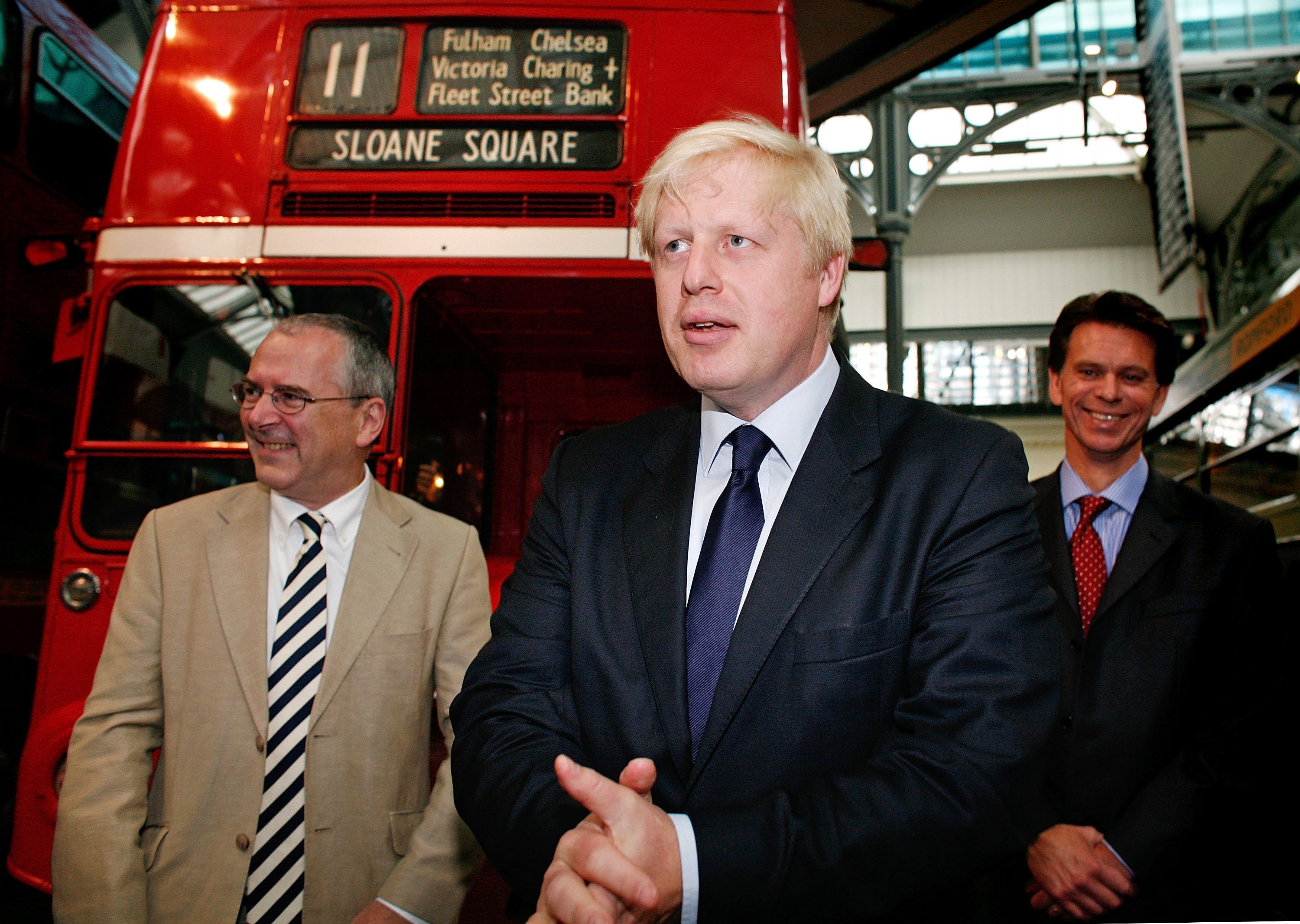
The problem is that much of that money will now have to be spent by local authorities on simply subsiding operators to maintain existing routes. The Department for Transport has refused to make any more available.
It means, essentially, that significant amounts of cash are now being spent not on improvements but on propping up a system few believe is working.
“What we are seeing is the complete implosion of bus services across much of the north of England,” says Jim Bamford, former head of investment planning at Transport for the North and himself a Sheffield resident. “And no amount of money will fix that unless there is complete reform of the entire system,”
The hopeful note is that, increasingly, such reform looks possible.
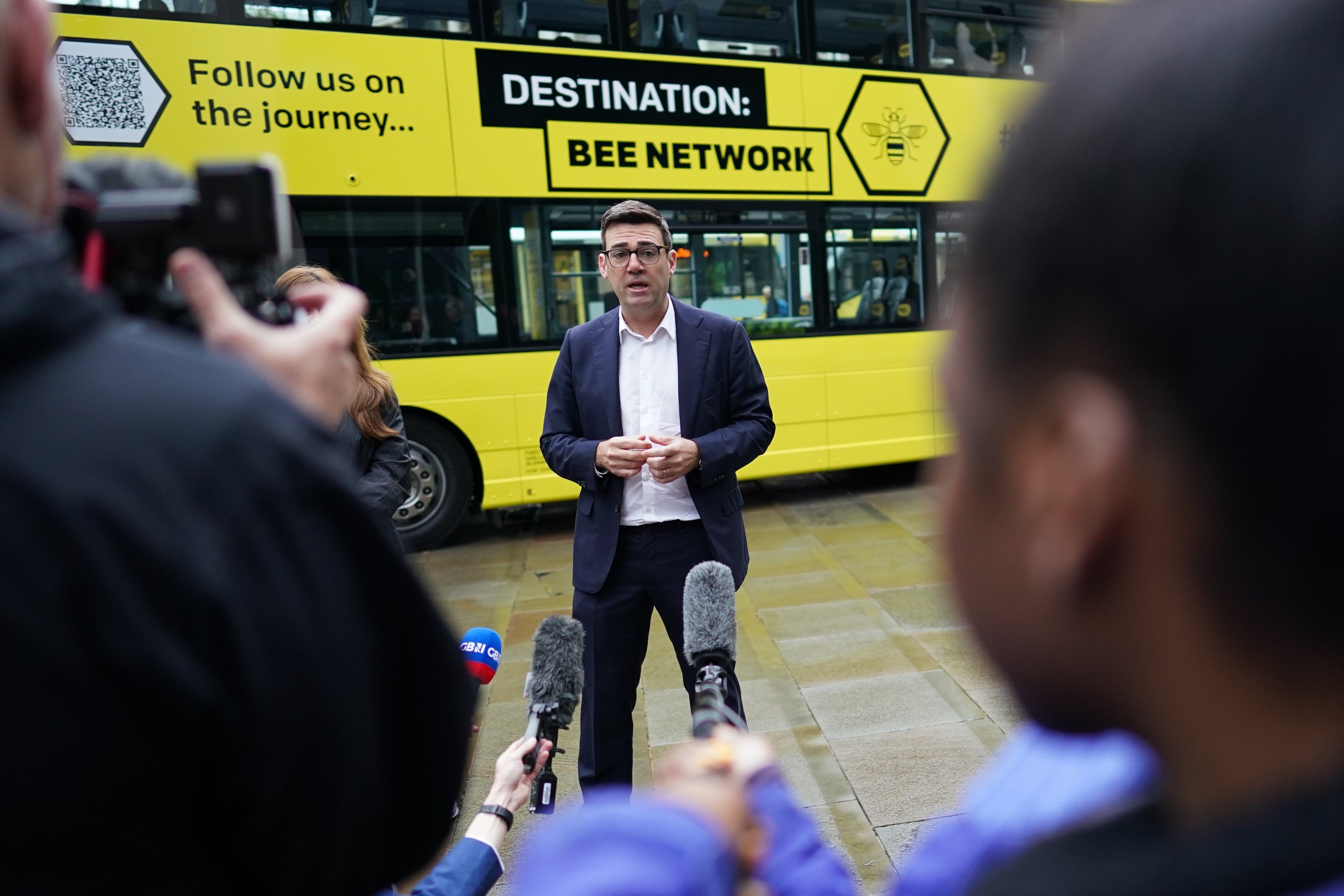
In Greater Manchester, the city’s mayor, Andy Burnham, has already used his office’s powers to begin the (long) process of taking buses back under public control once more. Operators have fought legal tooth-and-nail against the shift but just last week, the Court of Appeal made a final decision in Burnham’s favour.
The aim now is that Transport for Greater Manchester will, like Transport for London, eventually set all routes, times and fares of buses, meaning the needs of passengers will be prioritised.
Across the north, others are monitoring these developments keenly. On Merseyside, Steve Rotheram, mayor of the Liverpool City Region, has initiated his own review into a similar change, while in the northeast, Martin Gannon, who chairs the region’s joint transport committee, has said he is “watching very closely”, what happens in Greater Manchester.
In South Yorkshire, meanwhile, Coppard has launched an 18-month “assessment process” to consider the feasibility of taking the buses back under public control.
“That will allow us to make the best possible decision about whether this is appropriate and right for South Yorkshire,” he says before adding: “I made clear during my [election] campaign what I thought about it [he’s positive].”
Might that mean 2p bus rides one day return to South Yorkshire? He smiles. He’s not sure about that. But, then, either way, for passengers like Cathie McCartan and Grace Collins a simple reliable service would perhaps be good enough.
First South Yorkshire and the Department for Transport were both approached for comment.




Join our commenting forum
Join thought-provoking conversations, follow other Independent readers and see their replies
Comments